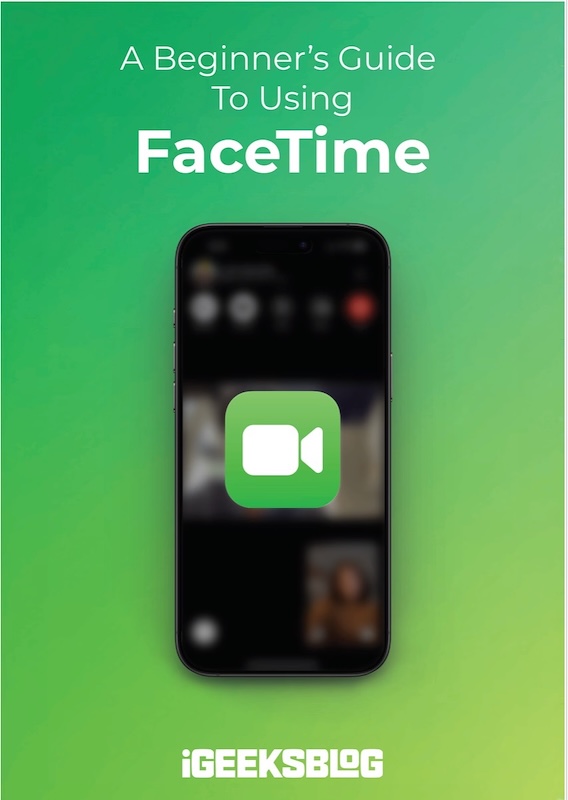
FaceTime Like a Pro
Get our exclusive Ultimate FaceTime Guide 📚 — absolutely FREE when you sign up for our newsletter below.

FaceTime Like a Pro
Get our exclusive Ultimate FaceTime Guide 📚 — absolutely FREE when you sign up for our newsletter below.
See your most-used apps on iPhone and Mac, track usage, and set limits to stay productive.
With screen time at an all-time high, it’s more important than ever to track which apps consume most of your attention. Whether you’re looking to cut distractions or simply want to better understand your habits, Apple’s built-in tools can help.
Let’s break down how to see your most used apps on iPhone and Mac—and what to do with that information.
Tracking your app activity can improve your digital habits in meaningful ways:
Apple introduced Screen Time in iOS 12, giving users powerful insights into their usage patterns. Here’s how to find out your most-used apps:
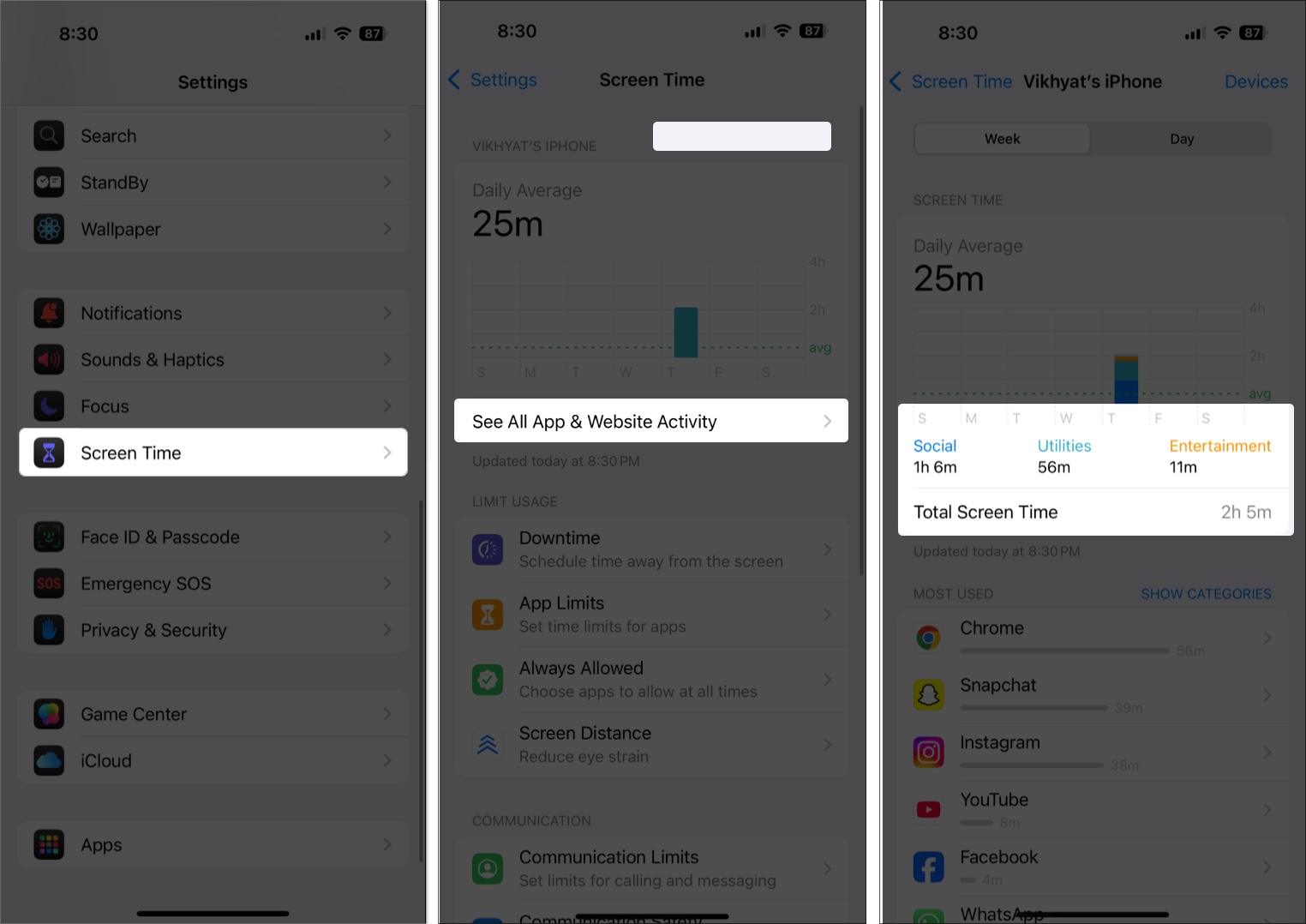

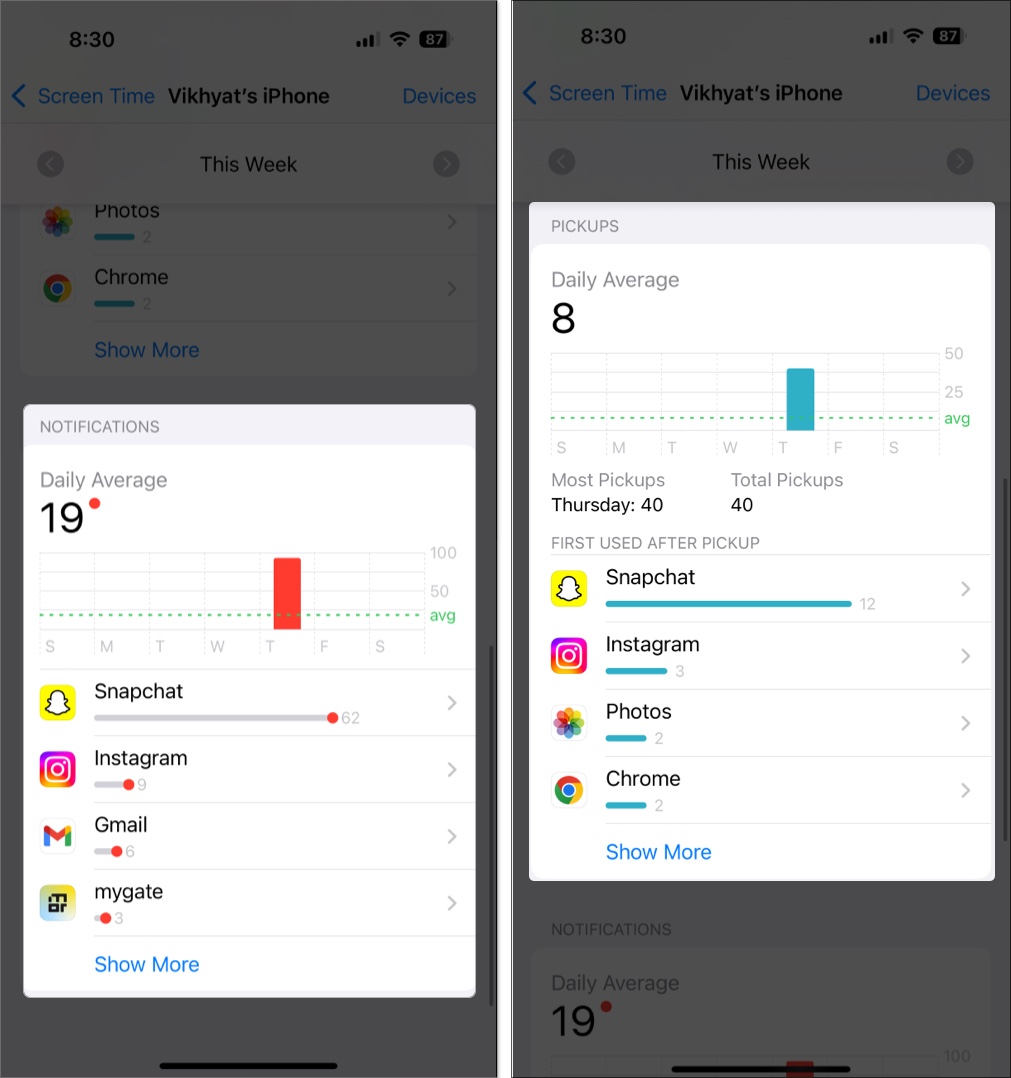
macOS now includes Screen Time, giving Mac users the same visibility into their digital habits. To check your most-used apps:
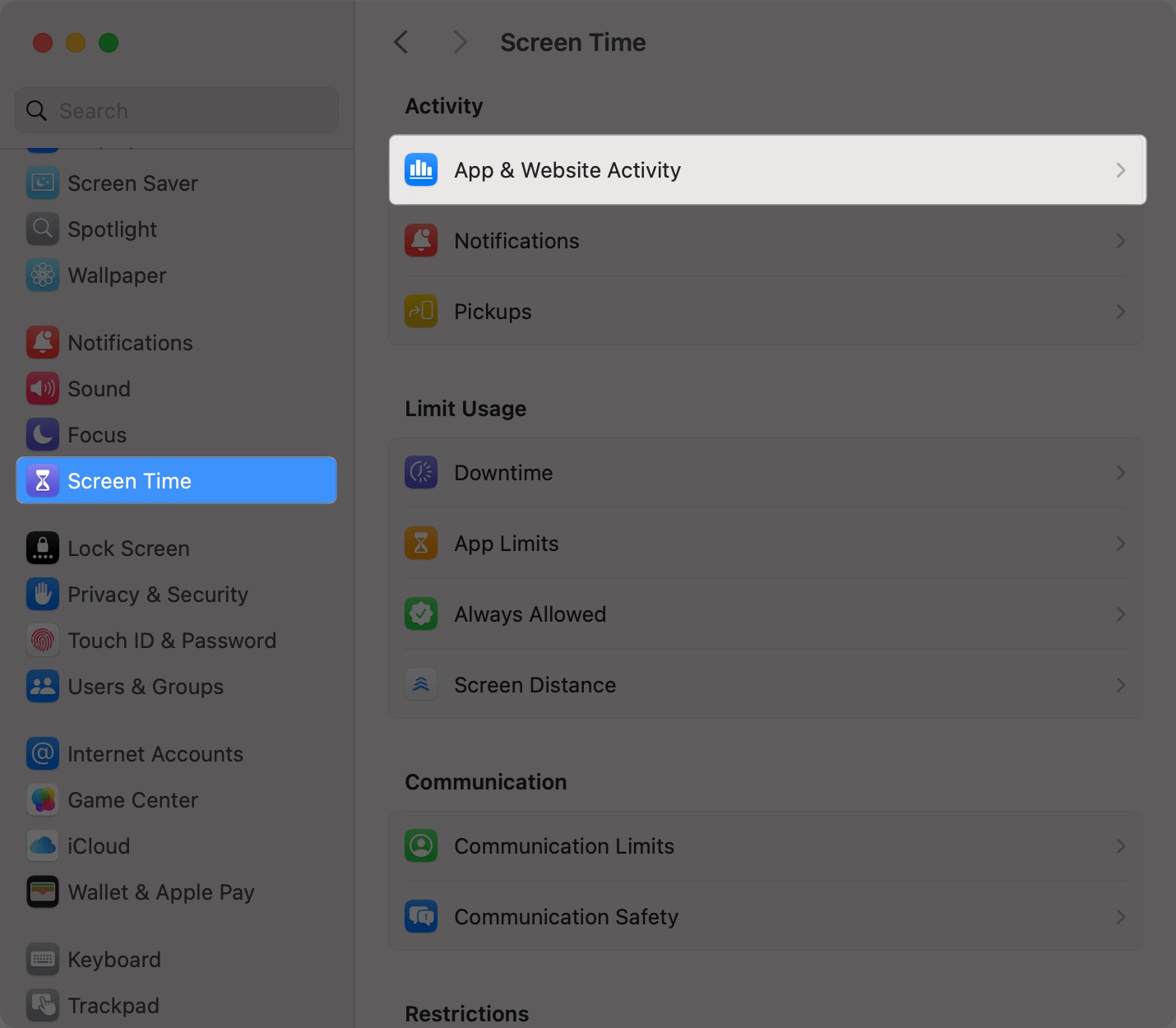
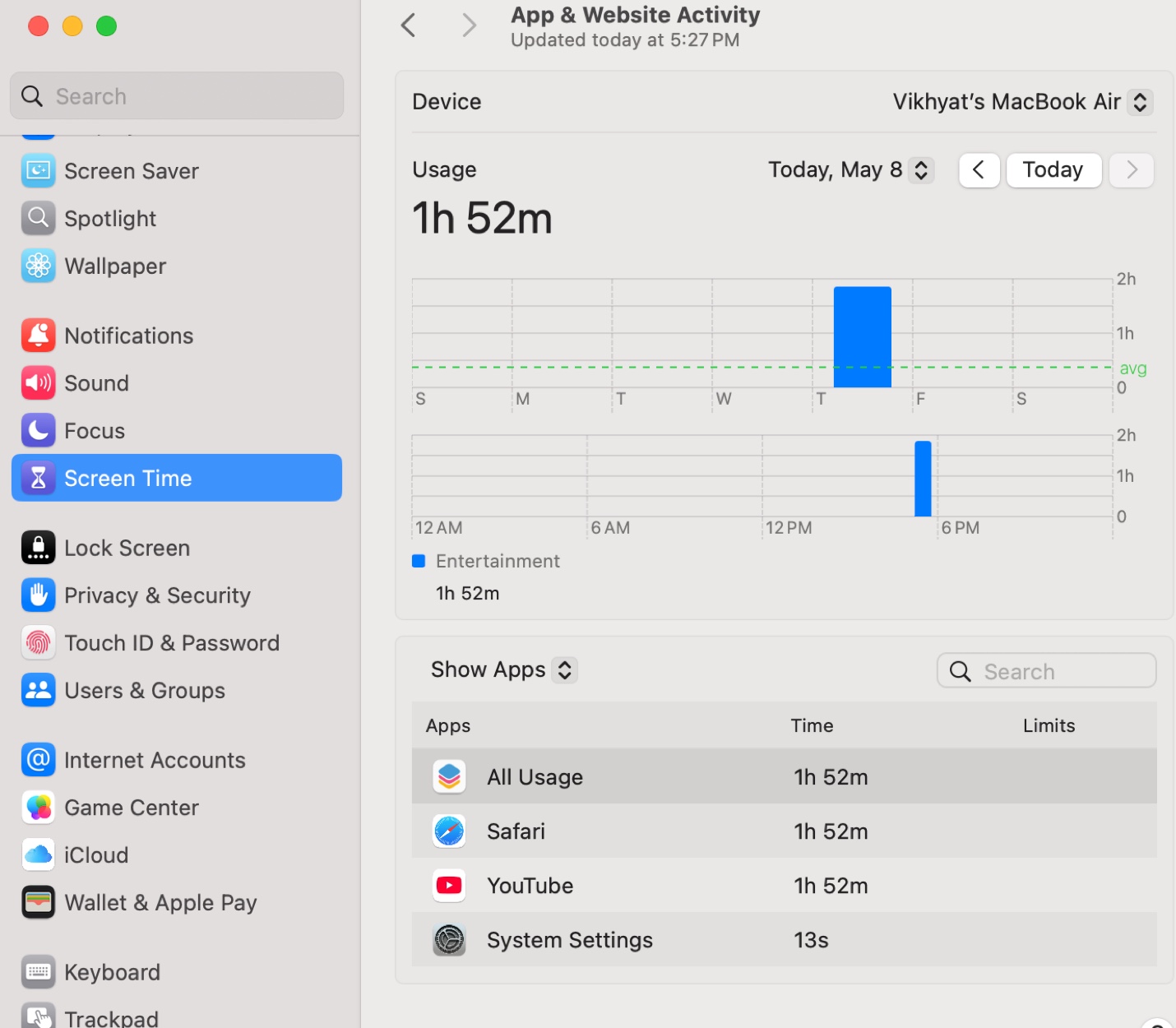
Note: If you’ve enabled Screen Time sharing across devices, you’ll see combined data across your Apple devices for a complete view.
Want to know what’s eating up system resources right now? Use Activity Monitor:
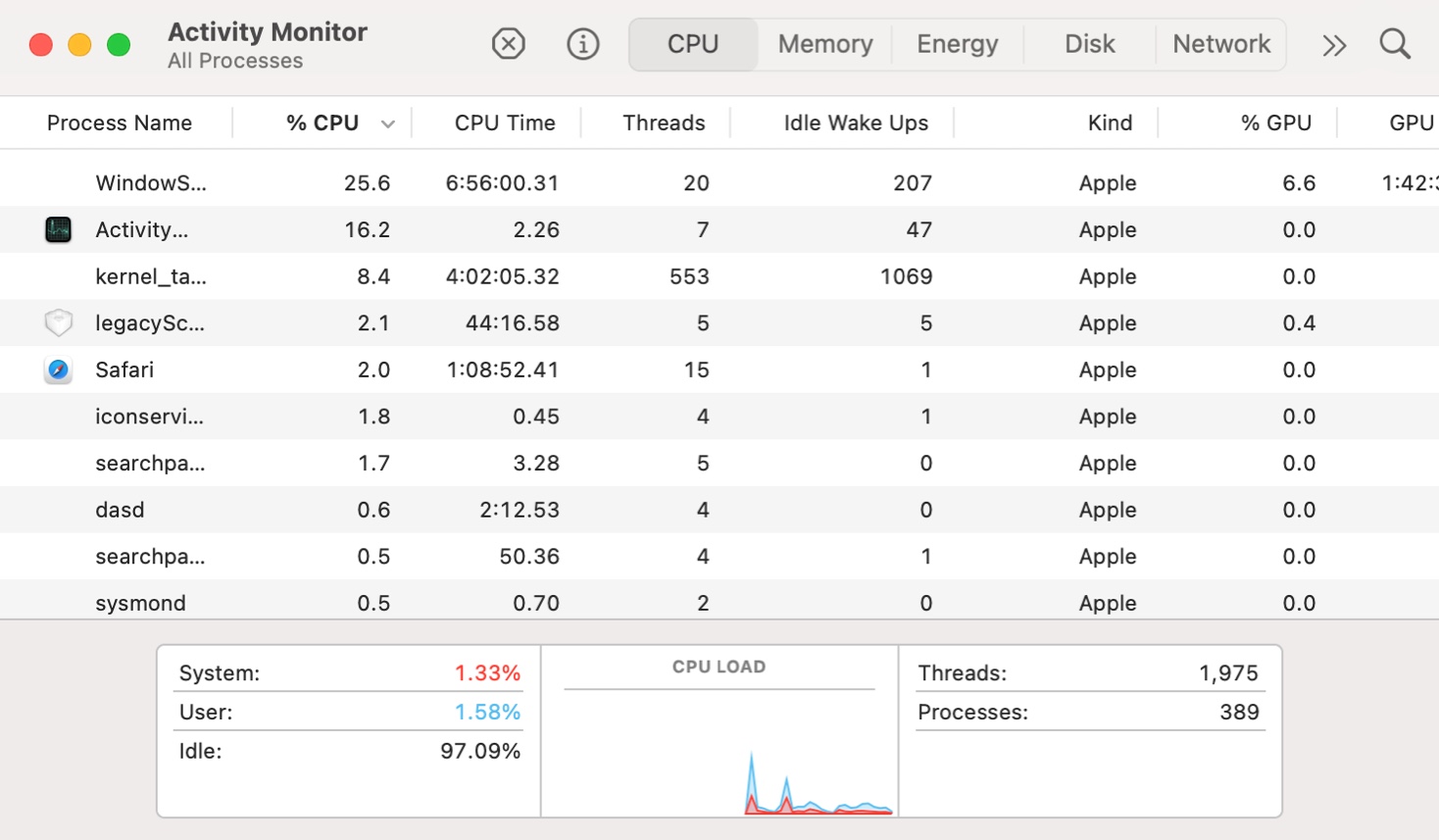
This tool is especially helpful if your Mac feels slow and you want to pinpoint the culprit.
Analyzed your app usage habits and figured out whether your work apps are creeping into your personal time or vice versa? While your willpower might help you avoid that, you don’t have to rely on willpower alone, as Apple has a fix. Whether on your iPhone or Mac, you can set App Limits for certain apps to curb unnecessary usage automatically.
Once you exceed the app limit, the app’s icon will gray out, and you won’t be able to access it as usual. However, it’s ultimately up to you whether you ignore the time limit (with a passcode) or respect the boundary.
Now that you know the basics, here’s how you can use App Limits on your iPhone and Mac:

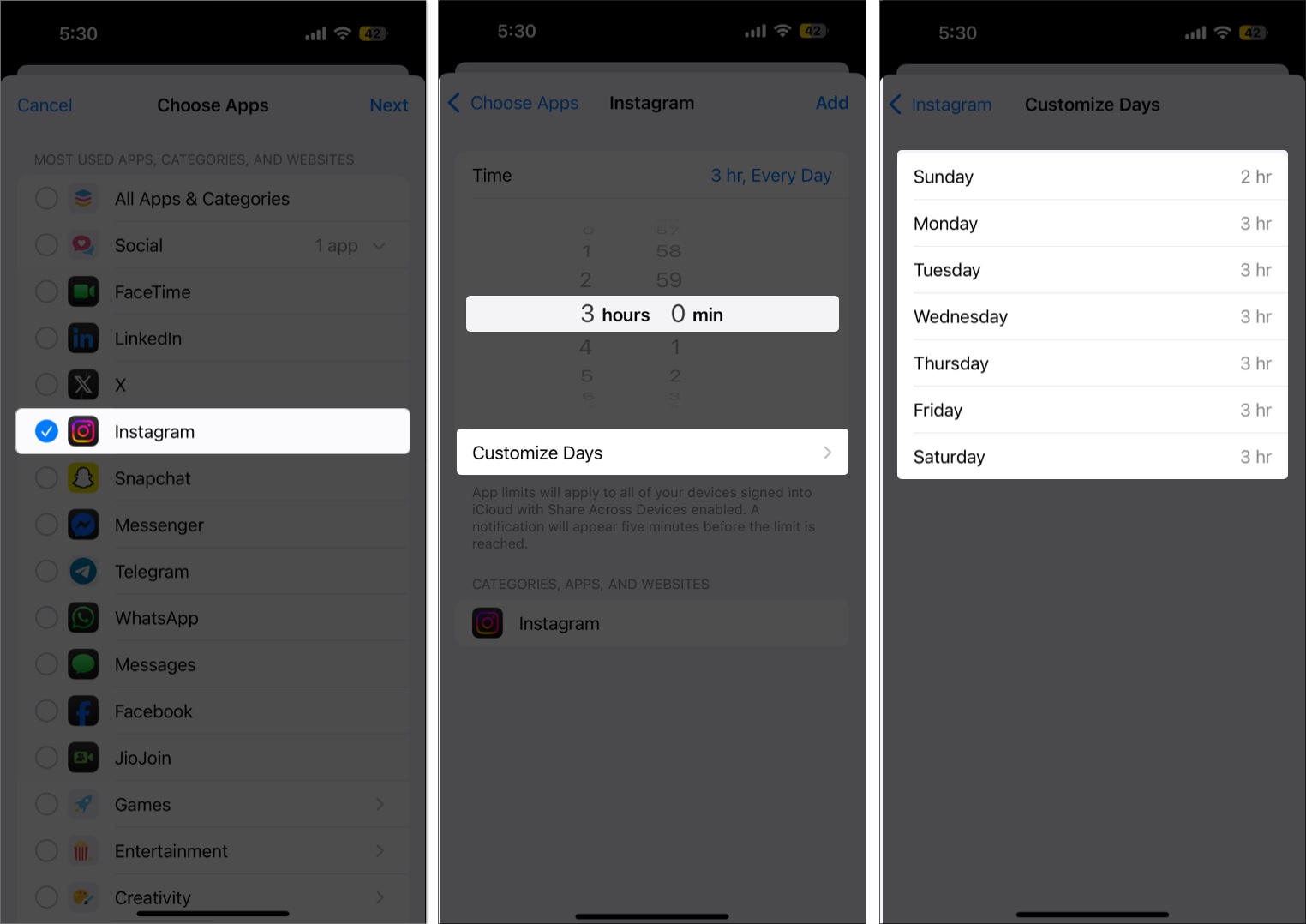

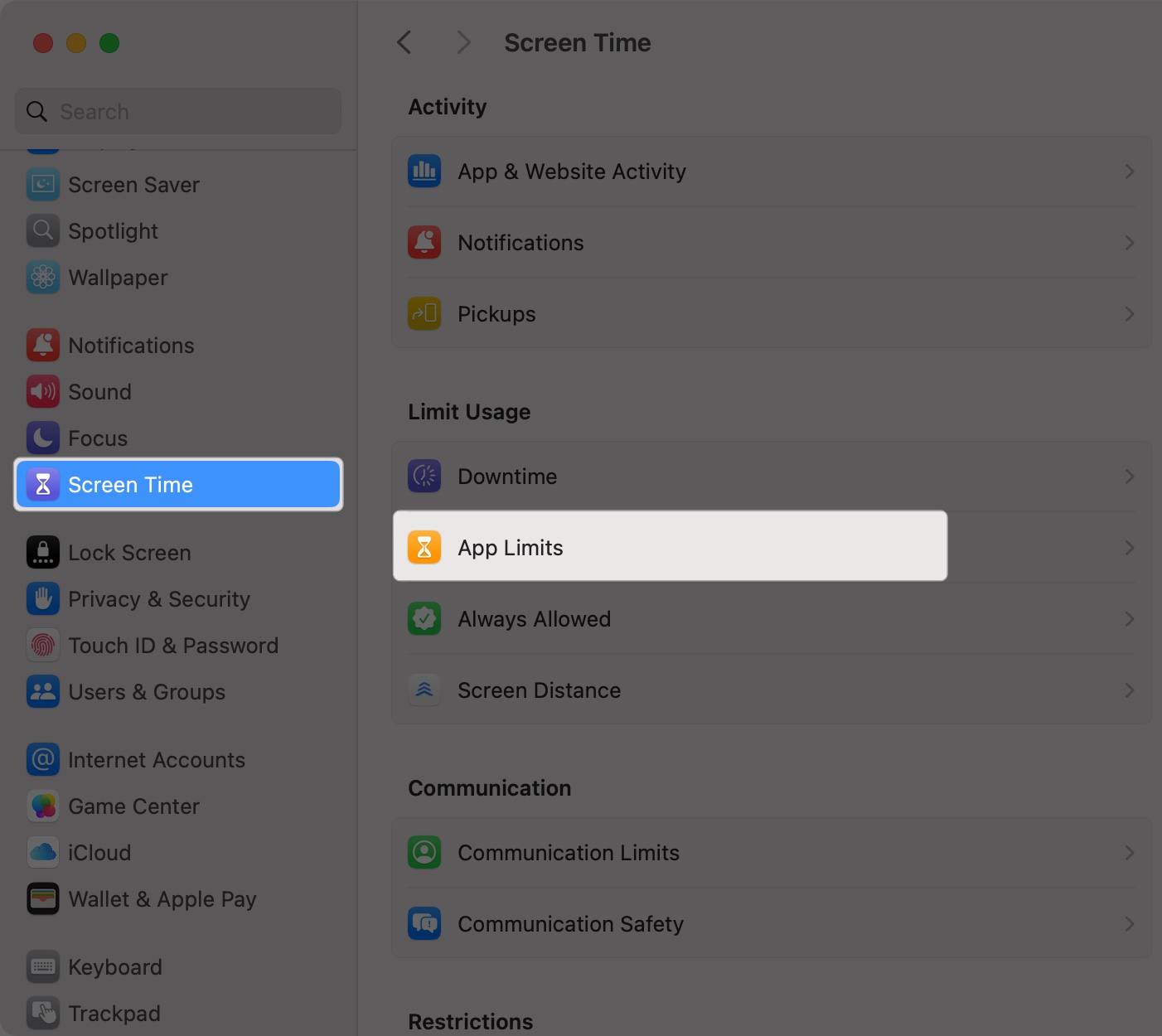
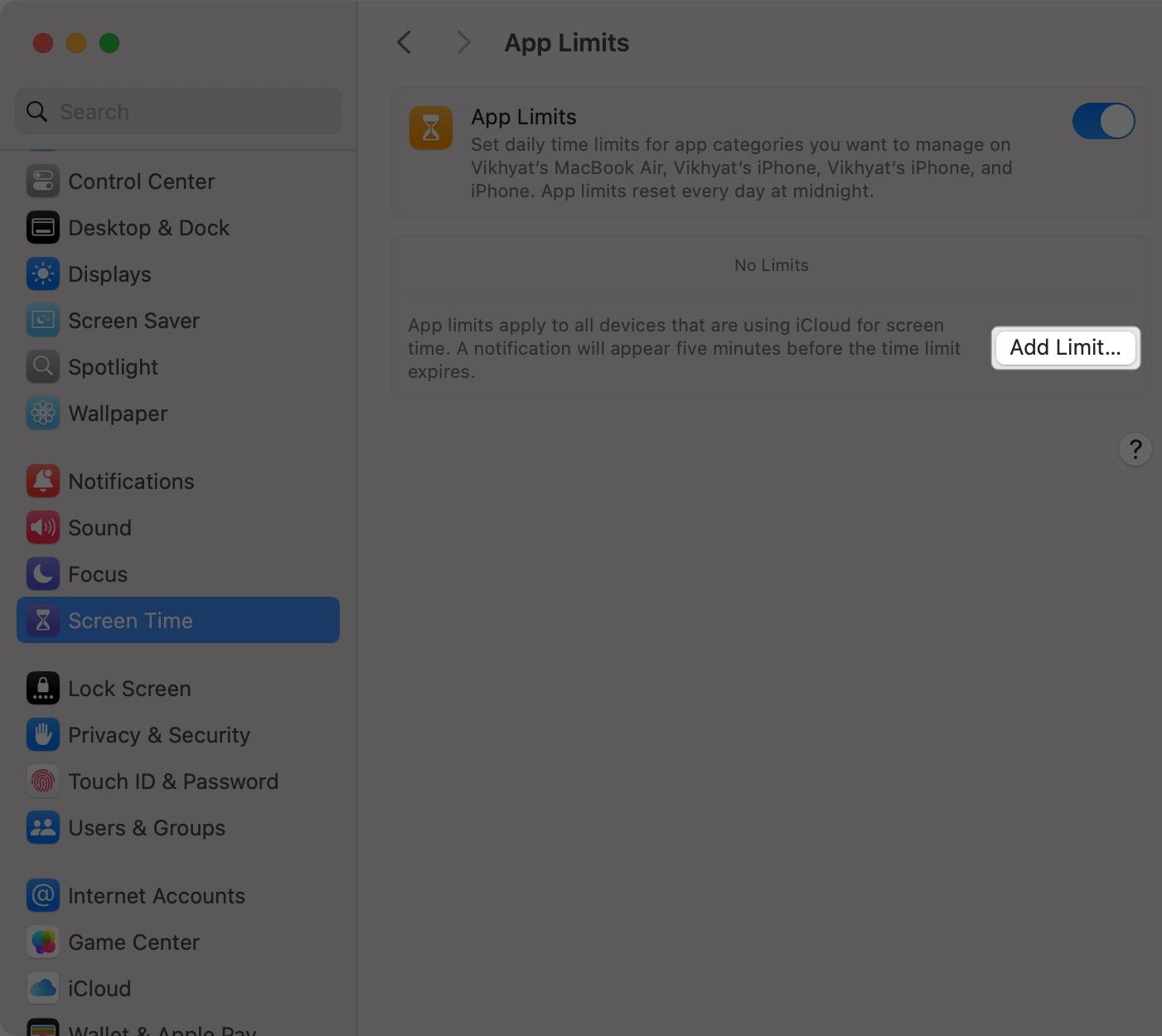
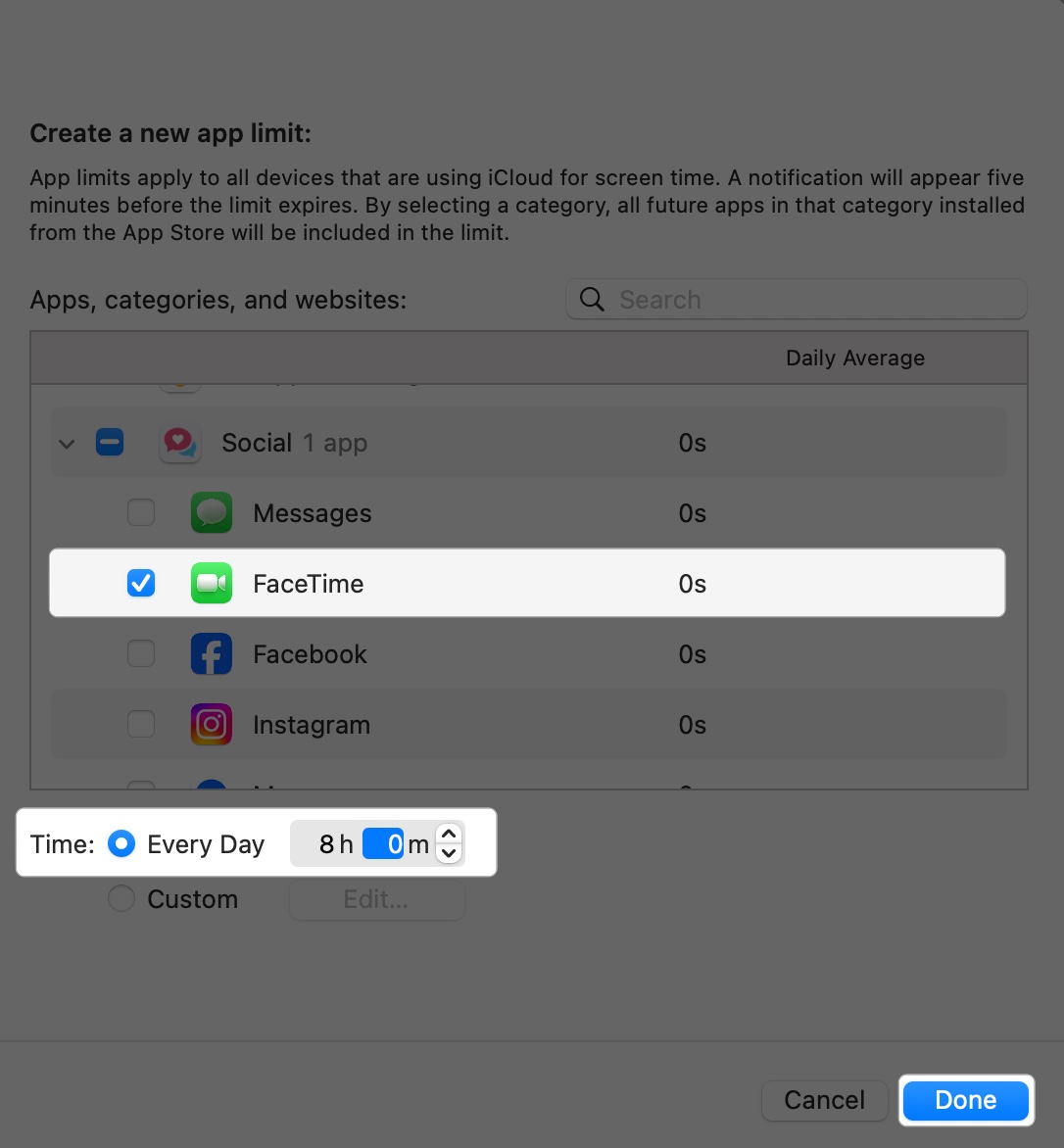
Regularly checking your most-used apps can lead to smarter tech habits. Apple’s Screen Time makes it easy to monitor behavior, spot trends, and adjust usage accordingly—across all your devices.
Whether you’re fighting digital distraction, trying to focus more at work, or simply curious about your habits, these tools can make a big difference.
FAQs
Go to Settings → General → iPhone Storage. You’ll see a list of apps sorted by storage size.
Navigate to Settings → Cellular, then scroll down to view app-wise data usage under Cellular Data.
Check out these helpful guides too: